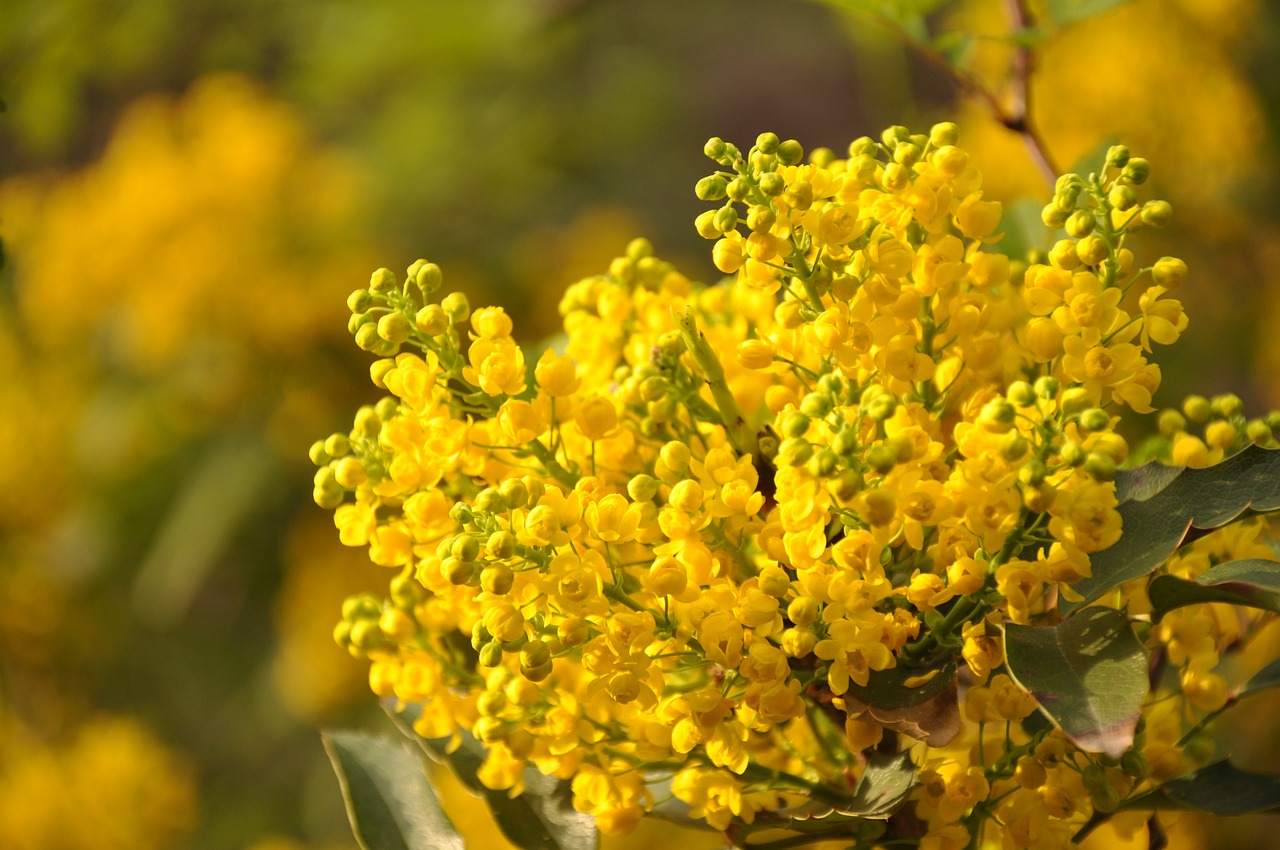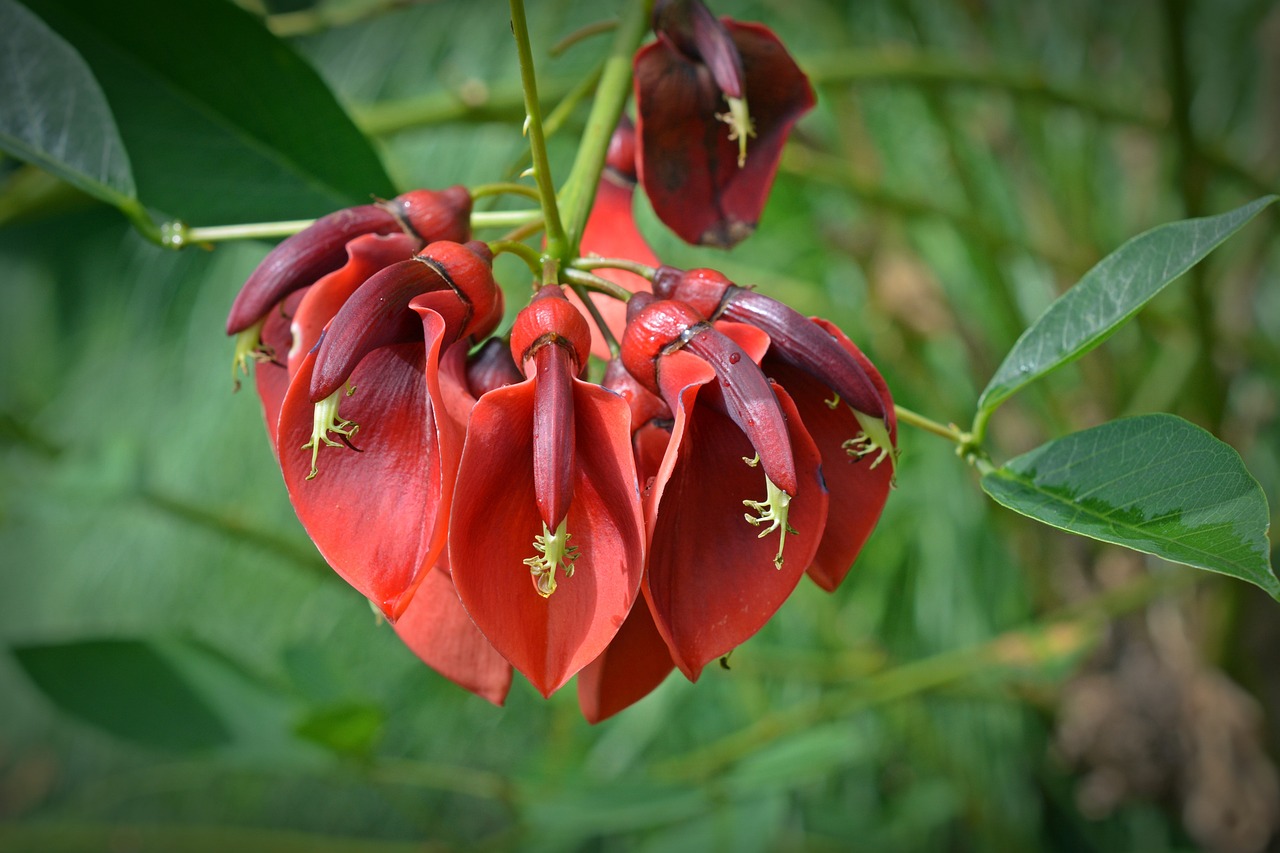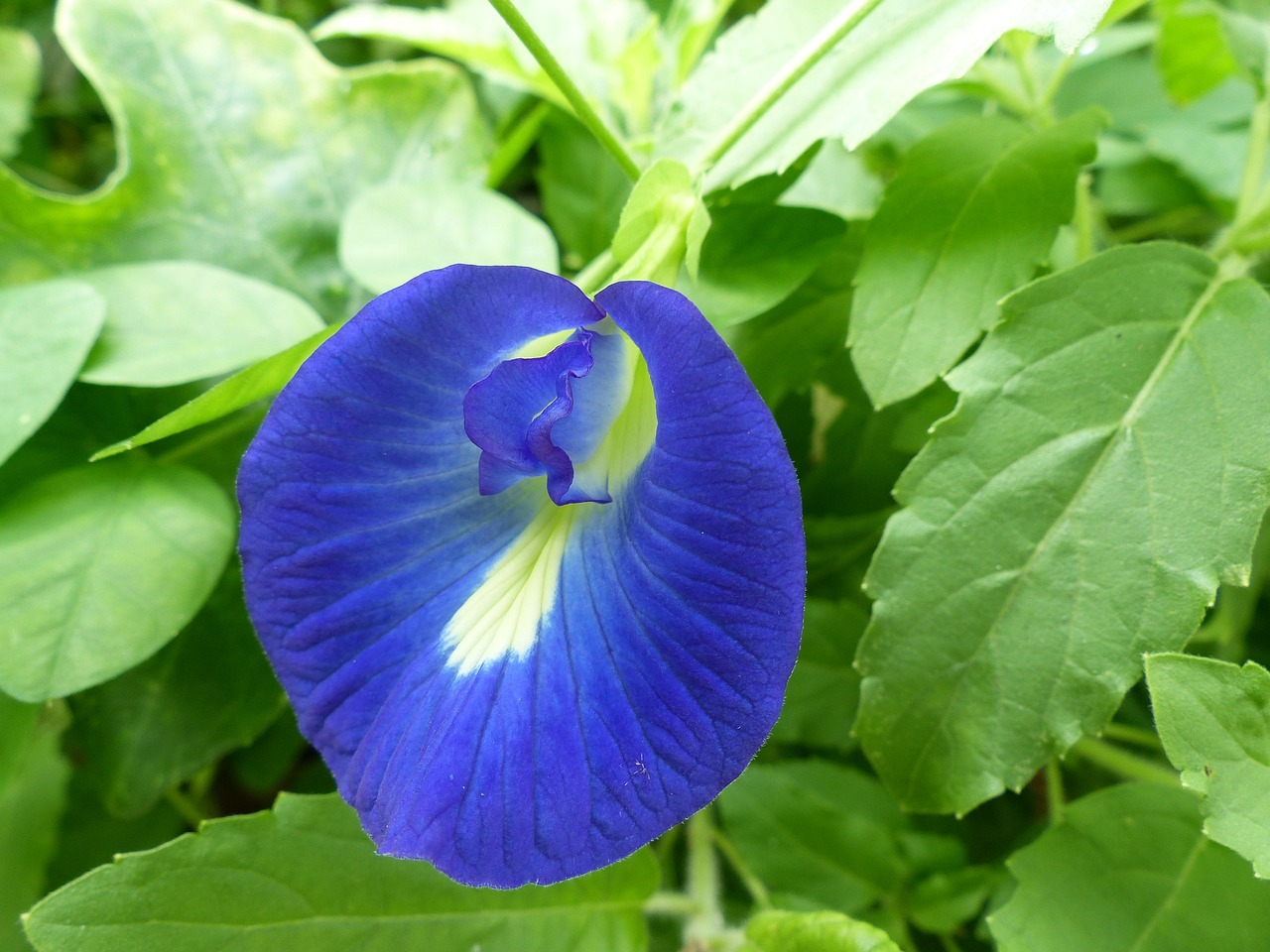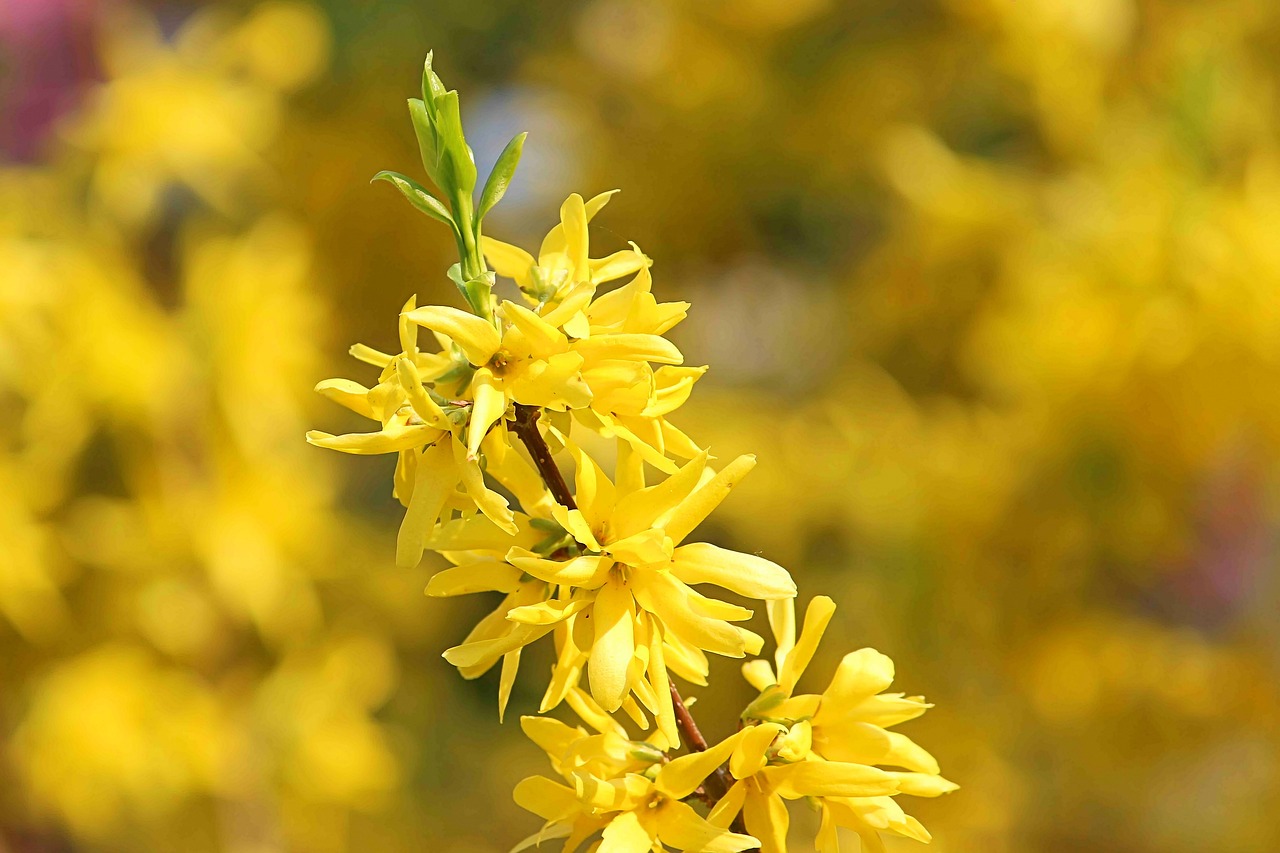Sweet pea: Features and Care
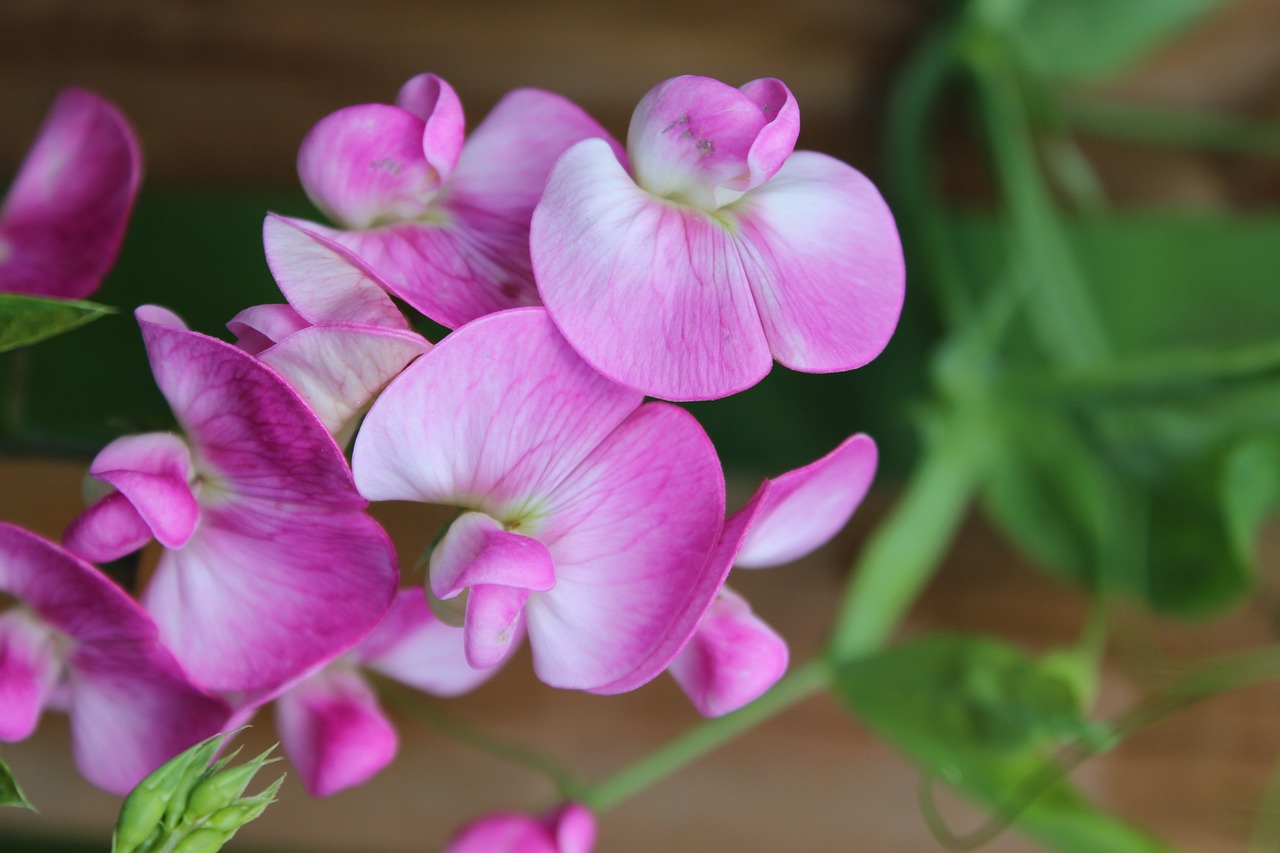
The sweet pea is known for its sweet and gentle fragrance and its delicate, colorful petals. It is a popular choice for cut flowers and garden plants, especially beloved for adding vibrant colors to spring gardens.
In this article, I will explore the sweet pea’s basic information, cultural background, and gardening tips, as well as delve into its unique charm.
Basic Information
- Scientific Name: Lathyrus odoratus
- Family: Fabaceae
- Origin: Mediterranean region, especially Sicily
- Appearance: Sweet peas have soft, wavy petals and come in a wide range of vibrant colors, including pink, purple, white, and blue. The plant grows in slender, vine-like stems, producing clusters of flowers. A notable feature of the sweet pea is its delightful, sweet fragrance, which is the origin of its name.
- Blooming Season: Sweet peas typically bloom from spring to early summer, though in warmer climates, they may begin blooming as early as winter.
Cultural Significance Around the World
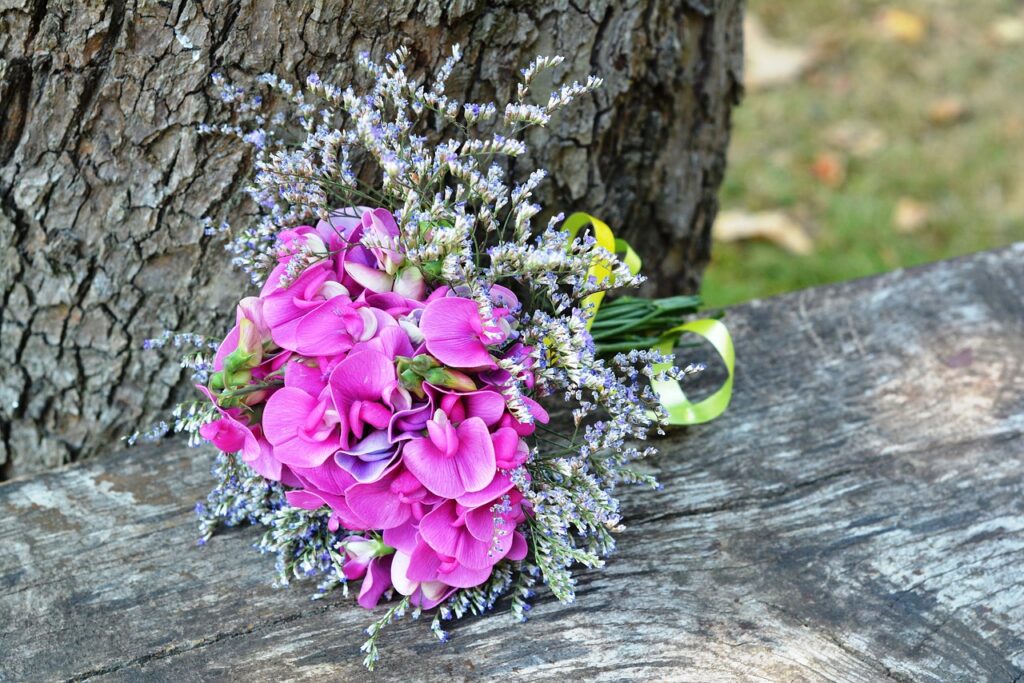
Sweet peas are particularly popular in Europe, especially in the UK, where they became widely cultivated as ornamental plants in the 18th century. The flower’s meanings in floriography (the language of flowers) include “departure” and “bittersweet goodbyes,” making it a common choice for farewell gifts or graduation ceremonies. Their vibrant colors and pleasant scent also make sweet peas a favored choice for wedding bouquets and event decorations.
In Italy, sweet peas are considered to bring good luck and are often displayed on special occasions or festivals. Due to their enchanting fragrance, sweet peas have also been used in perfumes and aromatherapy products throughout history.
Historical Episodes of the Flower
The sweet pea was first discovered in Sicily in 1699 by a monk named Franciscu Cupani, who was captivated by its fragrance. He sent sweet pea seeds to England, where they quickly gained popularity. During the Victorian era, the plant was extensively bred, leading to the creation of numerous varieties that became highly sought after in gardens and greenhouses.
One particularly notable breeder, Henry Eckford, in the late 19th century, developed many varieties of sweet pea with enhanced colors and fragrances, further cementing the flower’s popularity.
Gardening Advice
Growing Guide
Sweet peas prefer sunny spots, though they are sensitive to intense heat. For this reason, they do best in locations where they can receive some shade during the hottest part of the summer. When growing from seeds, plant them in early spring, as they take a while to germinate.
Water generously when the soil becomes dry, especially during the blooming season, to avoid letting them dry out. Since sweet peas are climbing plants, it is important to provide support, such as trellises or fences, to help the vines grow upward.
Environment and Conditions
Sweet peas thrive in well-draining soil and prefer fertile conditions. It is best to use fertilizers that are low in nitrogen. In warmer climates, seeds can be planted in the winter, while in colder regions, planting in spring is more common. Since the vines grow tall, ensure enough space and good airflow to reduce the risk of pests or diseases.
Conclusion
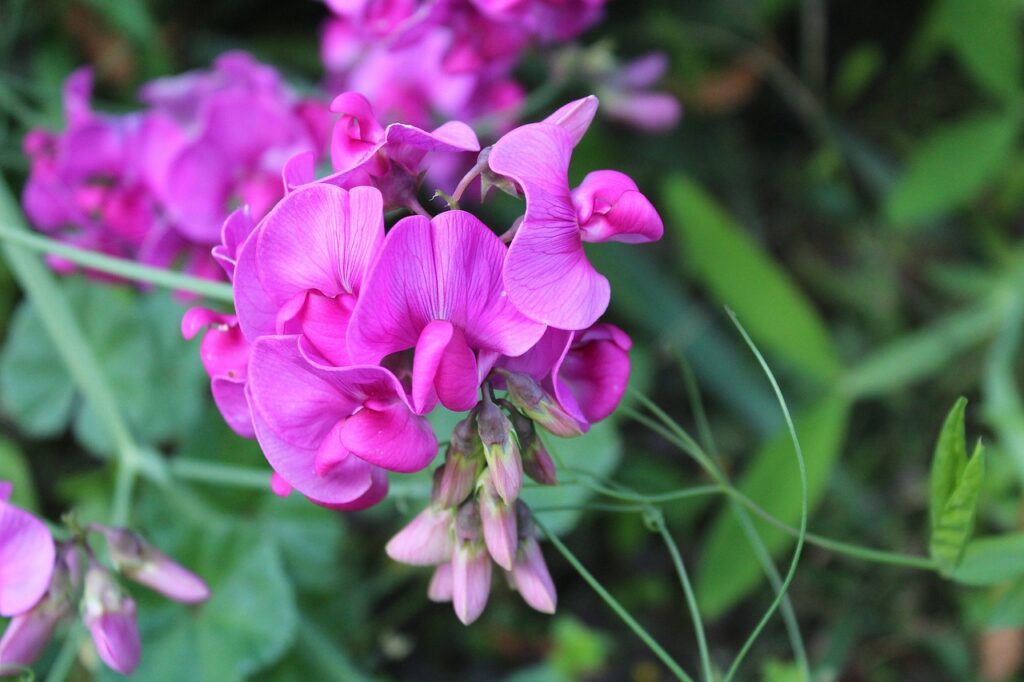
With their beautiful colors and sweet fragrance, sweet peas add a touch of elegance to gardens and bouquets. They are relatively easy to grow, and with the right environment and care, you can enjoy their blooms from spring to early summer. Give sweet peas a try in your next gardening project and experience their delightful charm.

